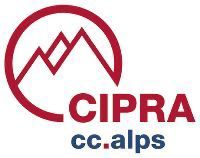Energy self-sufficient regions
A CIPRA background report
Not having to depend on energy imports: this vision holds great fascination for many regions. Self-sufficiency is “in.” There are already many very positive approaches and examples of attempts to go down this road. At the heart of all the concepts is the idea of meeting demand through regional renewable sources of energy, saving energy and using energy more efficiently. Anyone who systematically takes this approach in an attempt to create an energy self-sufficient region changes the face of their region and its structures – to the benefit of their own economy, society and the environment.
Im zweiten Kapitel bringt die CIPRA ihre zentralen Anliegen auf den Punkt: "Macht die Alpen energieautark!" Im dritten Kapitel wird der Begriff Energieautarkie erläutert und diskutiert, was für den Aufbau einer energieautarken Region spricht. Kapitel fünf ist einzelnen Bausteinen, Netzwerken und Strukturen des Energieautarkie-Prozesses gewidmet. Nach den Schlussfolgerungen in Kapitel sechs werden Good Practice-Beispiele aus dem Alpenraum präsentiert: drei ländlich geprägte Regionen, eine urbane Initiative aus Bozen sowie das Bundesland Vorarlberg als Grossregion. Den Abschluss bilden Literaturhinweise und Links.
Source: CIPRA International (2010): Energy self-sufficient regions. A CIPRA background report. Schaan. 28 p.


